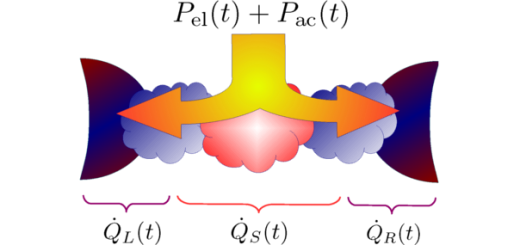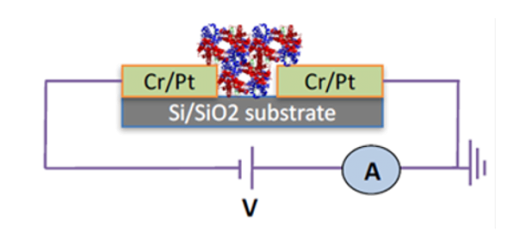Polariton Lattices: A Novel Platform for Analogue Simulation
Title: Polariton Lattices: A Novel Platform for Analogue Simulation.
When: Thursday, December 14, (2017), 15:00.
Place: Department of Theoretical Condensed Matter Physics, Faculty of Science, Module 5, Seminar Room (5th Floor).
Speaker: Pavlos Lagoudakis, Skolkovo Institute of Science and Technology, Russian Federation & Department of Physics and Astronomy, University of Southampton, UK.
A large variety of computationally intractable systems can be mapped into certain universal classical spin models such as an Ising, XY or Heisenberg models that are characterised by given degrees of freedom, “spins”, their interactions, “couplings” and their associated cost function, “Hamiltonian”. Various physical platforms have been proposed to simulate such models using superconducting qubits, optical lattices, coupled lasers etc.
We introduce polariton lattices as a new platform for analogue simulation; based on well-established semiconductor and optical control technologies polariton simulators allow for rapid scalability, ease of tunability and effortless readability. Polariton condensates can be imprinted into any twodimensional lattices either by spatial modulation of the pumping laser or by lithographic techniques during the growth process, offering straightforward scalability. In the case of optically imprinted polariton lattices with freely propagating polariton condensates, we recently demonstrated that the phasecon configuration acquired in a polariton dyad or triad is chosen so as to maximise polariton occupancy [1], while by expanding to square, and rhombic lattices as well as to arbitrary polariton graphs we simulated annealing of the XY Hamiltonian through bosonic stimulation [2]. The bottom-up approach of bosonic stimulation is achieved here by gradually increasing the excitation density to condensation threshold. This is an advantage over classical or quantum annealing techniques, where the global ground state is reached through transitions over metastable excited states with an increase of the cost of the search with the size of the system.
By controlling the separation distance, in-plane wavevector, and spin of the injected condensates in polariton graphs, we acquire several degrees of freedom in the tunability of inter-site interactions, whilst the continuous coupling of polaritons to free photons offers effortless readability of all the characteristics of the polariton condensates such as energy, momentum, spin, and most critically their phase. The above constitute a unique toolbox for realising intriguing discrete giant vortices, controllable next nearest neighbour interactions, dynamic phase transitions and simulating artiffcial solids.
References
- H. Ohadi, R.L. Gregory, T. Freegarde, Y.G. Rubo, A.V. Kavokin, N.G. Berloff, and P.G. Lagoudakis, Phys. Rev. X, 6, 031032 (2016).
- Natalia G. Berloff, Matteo Silva, Kirill Kalinin, Alexis Askitopoulos, Julian D. T¨opfer, Pasquale Cilibrizzi, Wolfgang Langbein and Pavlos G. Lagoudakis, Nature Materials in print DOI: 10.1038/NMAT4971 (2017).




















